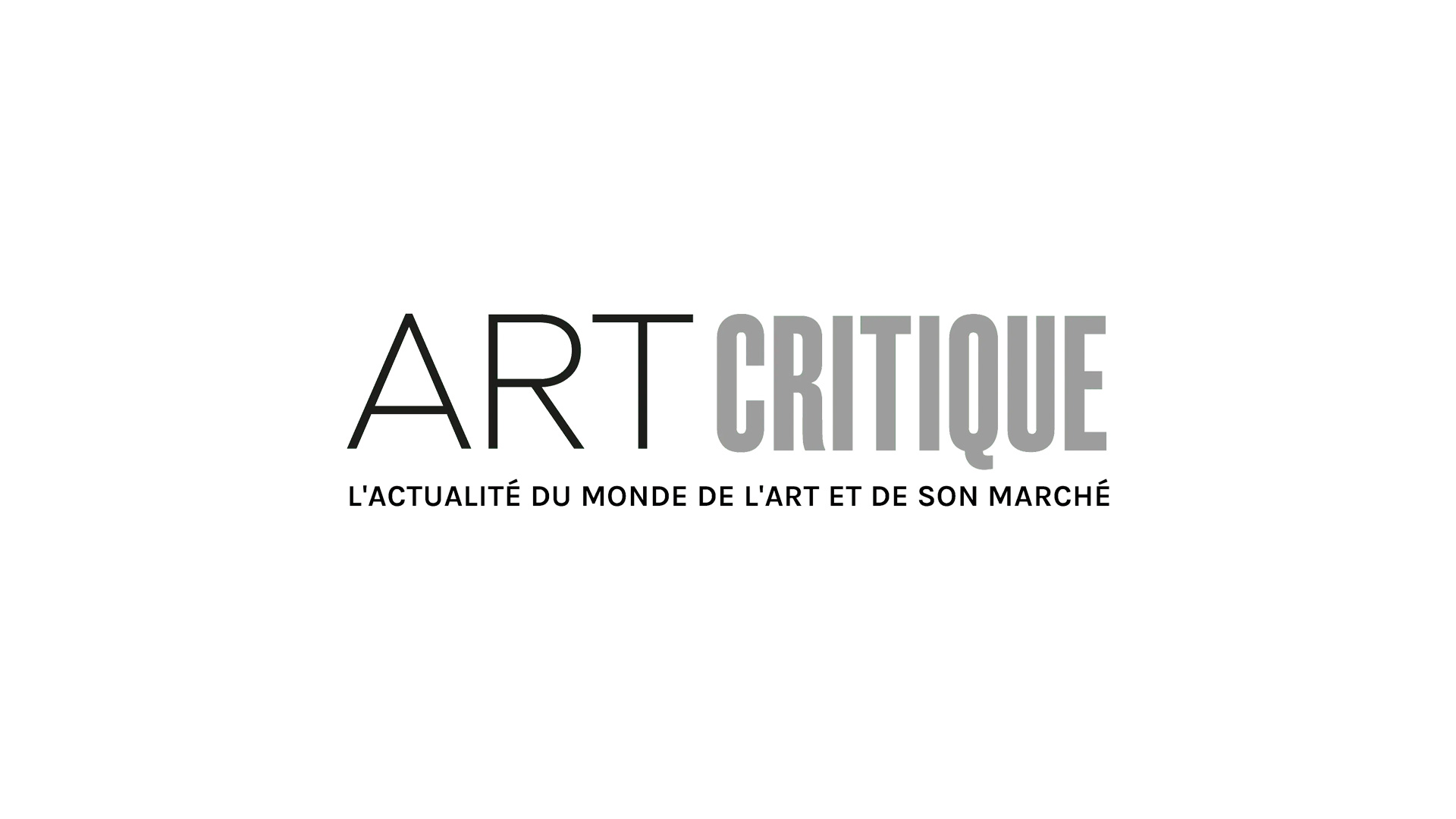Last week at the Pulse Art Fair, when the New York gallery Accola Griefen opened their booth for Miami’s art week, they made sure to note that “we gather and work this week on the traditional land of the Seminole and Tequesta people, past and present.” They made their gratitude clear both verbally and in an Instagram post.
While seemingly insignificant, the gesture is an important one to remember and take into account if our North American societies will ever achieve proper and respectful reconciliation with our indigenous population, whose lands all of us here currently occupy. Art dealers and organizations across the U.S. and Canada have started making the necessary acknowledgements. In no time the act should become the norm rather than remain a peculiarity.
The movement towards respecting indigenous land rights and heritage can be credited in part to the US Department of Arts and Culture, which has led an invigorating campaign on how to honour native lands. In 2017, they even issued a guide on how to do so properly.
There is absolutely no question that indigenous peoples continue to suffer at the hands of colonialist policies and priorities, not to mention the history of violence and suffering that is often neglected in North American historical lore and education.
Last Friday, December 7th, Florida’s Faena Festival paid tribute to the region’s indigenous tribes through a performance art piece called Land Acknowledgment, that was arranged by the Argentine artist Agustina Woodgate and a Miccosukee artist and activist, Reverend Huston R. Cypress.
Indigenous art traditions are also beginning to receive the popular and critical attention they deserve in the biggest American galleries. For the first time in its history, the Metropolitan Museum of Art in New York City is going to feature indigenous works in its American wing. The exhibit was opened in November during Native American Heritage Month in the states.
Art of Native America: The Charles and Valerie Diker Collection boasts 116 works from 50 distinct cultures across North America, with some of the most exciting pieces coming from the British Columbian and Alaskan regions of the continent.
The Met has followed the US Department of Arts and Culture’s lead, too. When you walk into the museum, hanging above the entranceway of the American wing is a sign that reads “The Metropolitan Museum of Art is situated on the Lenape island of Manhahtaan in Lenapehoking, the Lenape homeland.”
The next step would be to move that sign to the entranceway of the whole Met on fifth avenue, and the writer of this article does not believe it will be very long before that is the case. The art world is uniquely positioned to spearhead reconciliation with indigenous peoples through artistic celebration. The abundance of exciting indigenous art shouldn’t make that complicated, but the respect embodied by land acknowledgements must continue to be encouraged and totally normalized.





